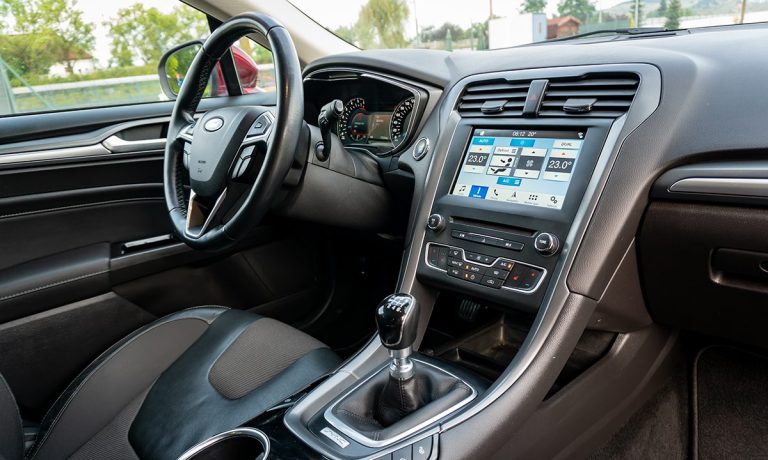
Even before the pandemic, mobility loomed large as a key pillar of the connected economy.
Now, as consumers embrace buy online, pick up in-store (BOPIS), mobile ordering at quick-service restaurants and a pivot towards electric vehicles (EVs), the stars are quickly aligning and putting the pedal to the metal for the future of commerce — literally.
Back in 2019, PYMNTS estimated that, with 135 million commuters spending an average of 51 minutes on the road every day, using time on the road to order groceries, pay bills and pay for gas — from the dashboard, no less — represented a $230 billion annual opportunity, as measured in retail spend.
Read more: The Connected Ecosystem Driving The $230B Connected Car Opportunity
Of course, it’s anybody’s guess what the commute may look like when the tide of COVID-19 is finally turned. However, it’s a fair bet that the new consumer behaviors fostered by the coronavirus — where we all got comfortable buying anything and everything online — will translate well to the connected car experience.
James Dyett, head of global product sales and payments performance at Stripe, told Karen Webster that the payments firm is helping auto giant Ford Motor Co. scale its own eCommerce strategy.
Through the long-term evolution of a five-year partnership announced Monday, where Stripe will be a payment service provider for Ford and its dealers in Europe and North America, cars will ultimately function as tokenized wallets.
Seamless Commerce
The companies said in their announcement that the relationship seeks to enable “seamless digital and eCommerce experiences.” Dyett noted that transforming the relationship between consumers and their cars will start at, well, the beginning.
“We’re coming out of the gate with reservations,” he said. “You see the Ford F-150 Lightning [EV] online, or through an ad, or maybe you’ve heard about it through a friend.”
In the traditional channels, consumers would have to visit the dealer, kick the tires, negotiate a deal and discuss financing.
Under the Stripe-Ford venture, Dyett said, consumers can put in a reservation put down a relatively small deposit online — processed by Stripe — and be connected to their nearest dealer. Stripe also will enable Ford Pro FinSimple solutions for commercial customers.
In terms of mechanics, Stripe Connect will enable Ford to facilitate and route a customer’s payments to the correct Ford or Lincoln dealership. Dyett told Webster that an improved payments acceptance experience at the dealer can improve the engagement between the consumer, the dealer and the brand.
“We’re powering the financing part of the strategy,” he said, but the payments engagement will extend well beyond the confines of buying a car online.
Connecting Cars to eCommerce
He offered another example, wherein a consumer buys an electric F-150 Lightning, stops at a Ford charging network, takes out their charger and plugs it in.
“Immediately,” Dyett said, “your vehicle could be ‘talking’ to the charger and to the network, and Ford can automatically process the payment,” tied to charging the truck, eliminating the need to get out a wallet or a card.
Elsewhere, he said, an electrician who’s using a Ford truck in service of their employer, charging the vehicle at home, can do so while ensuring that the employer pays the cost of the charge.
Looking ahead, as Ford develops eCommerce offerings, Stripe’s platform — and Stripe Connect, in particular — will help underpin that development Stripe is connecting to, and embedding within, Ford’s operating system.
It’s currently being developed as part of the broader Ford Plus strategy, which targets transitioning 40% of the automaker’s global volume to EVs by 2030. Dyett noted that the payment experiences enabled by Stripe are part of a “phased journey” with Ford.
As mobility becomes a pillar of the connected economy, “We can facilitate all sorts of interesting, payment models with Ford once they’ve moved onto the Stripe infrastructure,” Dyett said.